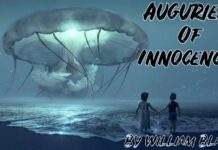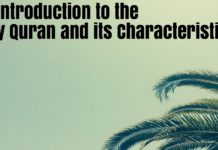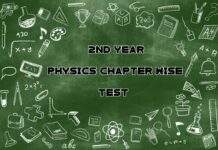“The Divine Image I” Critical Analysis By William Blake

Theme Of “The Divine Image I”
How the human brain sees the idea of the world and its maker. The sonnet’s speaker proposes that there are just delicate characteristics in ‘God, our dad dear’; there is no fury, savage energy, or anything recommending power or may. By barring ‘opposite’ measurements, people distort their comprehension of the designer and of the individuals made ‘in his picture’. Here, the speaker here can just observe people in the light of his/her own personal fractional vision of God.
God in man’s picture
Buy Now
CRITICAL ANALYSIS
For Blake, God is the living spirit of mercy, pity, peace and love, and perpetual sources of forgiveness. The emblem which illustrates the poem represents, at the foot, God raising fallen man and woman, and from these figures rises a tree of the flame of divine love, which curls and rises to the top of the page, whereas angels guard two praying figures. Men pray to God, says Blake, as the spirit of mercy, pity; peace, and love, but these eternal forms are also the divine ideas of the noblest attributes of man, and in knowing these virtues, man becomes a manifestation of God. This leads him to the thought which he expresses in “The Little Black Boy’-that the human form and soul is the same in the heathen, Turk, or Jew as in the white Christian. And when they show mercy and love, there is God dwelling too.
“A Divine Image II” Critical Analysis By William Blake


























